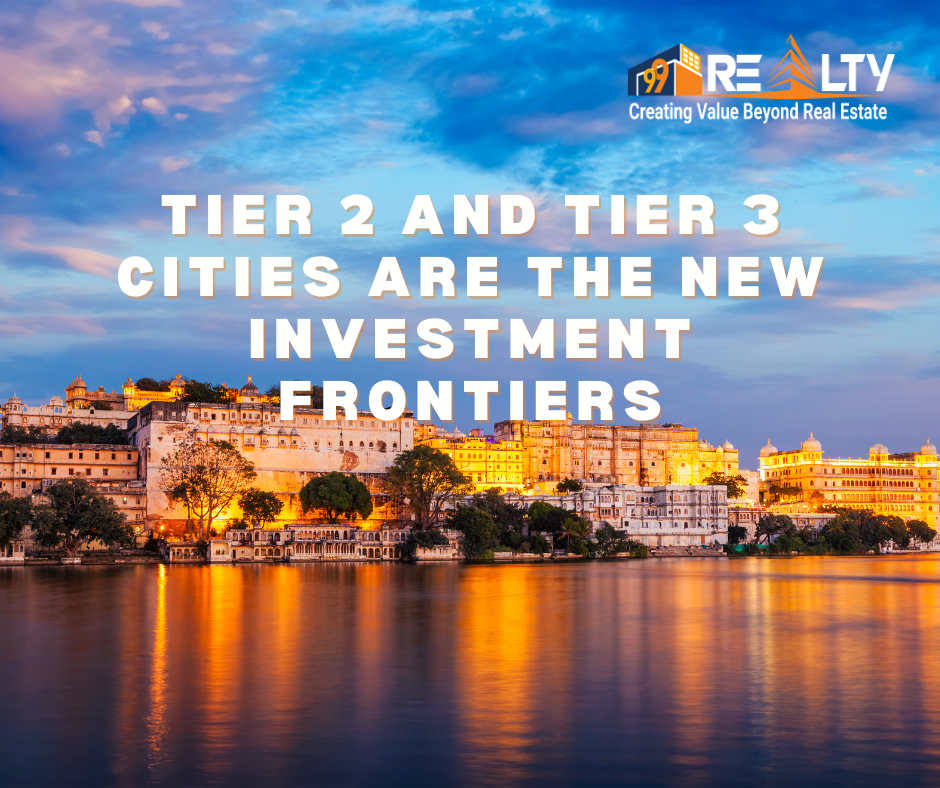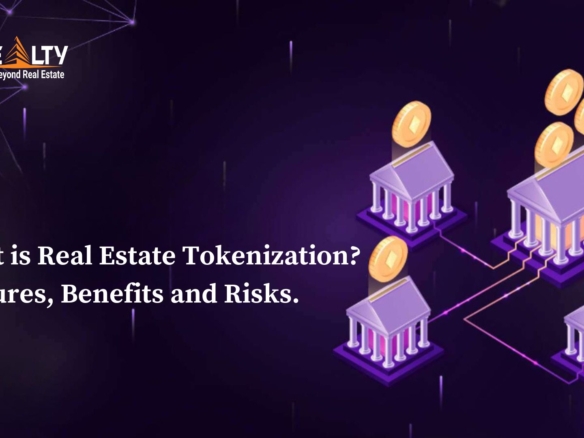As metropolitan property prices surge beyond the reach of many, we observe a seismic shift in real estate dynamics. India’s Tier 2 and Tier 3 cities have emerged as the new beacons of growth, offering a blend of affordability, modern infrastructure, and evolving lifestyles. Investors and homebuyers alike are turning toward these burgeoning hubs to tap into superior returns and enhanced quality of life.
Tier 2 and 3 Cities: The Powerhouses Driving Real Estate Growth
The once-overlooked towns are now the vanguard of India’s real estate boom. Cities such as Lucknow, Dehradun, Jaipur, Chandigarh, and Mohali are demonstrating impressive growth rates both in housing sales and property values. According to PropEquity:
- Housing sales in the top 15 Tier 2 cities rose by 4% to 1,78,771 units in 2024.
- Sales value skyrocketed by 20%, reaching ₹1,52,552 crore, a sharp increase from ₹1,27,505 crore in 2023.
These statistics underscore a significant and sustained demand surge that savvy investors cannot afford to ignore.
Infrastructure Upgrades: Laying the Foundation for Growth
Government-led initiatives have been instrumental in catalyzing this trend. Programs such as:
- Smart Cities Mission
- PM Gati Shakti
- AMRUT (Atal Mission for Rejuvenation and Urban Transformation)
- HRIDAY (Heritage City Development and Augmentation Yojana)
are revolutionizing urban infrastructure, elevating connectivity standards, and preserving heritage while ushering in modern amenities. Expressways like the Purvanchal, Kanpur-Lucknow, and Ganga Expressways are shrinking travel times, effectively making smaller cities more accessible and desirable.
Also Read: The Rise of Affordable Housing: Opportunities and Challenges in India
Hybrid Work Culture and Reverse Migration: New Drivers of Demand
The post-pandemic normalization of remote and hybrid work models has fundamentally altered residential preferences. Professionals are no longer tethered to metro cities for career advancement. Instead, they are relocating to Tier 2 and Tier 3 cities for:
- Affordable luxury living
- Larger property sizes
- Cleaner environments
- Improved work-life balance
Reverse migration is a significant trend, with many NRIs and urban dwellers choosing to resettle in their hometowns without compromising on lifestyle.
Investment Opportunities: Unparalleled Potential
We observe that Tier 2 and 3 cities are now delivering higher returns on investment compared to their metropolitan counterparts, particularly in emerging micro-markets near educational institutions and IT hubs. Key advantages include:
- Lower entry barriers due to affordable property prices.
- Higher rental yields, especially in commercial and co-living spaces.
- Rapid asset appreciation driven by infrastructure development.
First-time investors and seasoned players are finding these markets ideal for long-term wealth creation.
Spotlight on Emerging Hotspots
Lucknow: The New Epicenter
With major projects such as the Purvanchal Expressway and Gomti Nagar Extension, Lucknow is leading the charge. Premium residential projects are mushrooming, fueled by rising disposable incomes and a growing aspirational middle class.
Dehradun: The Luxury Lifestyle Magnet
Set against a backdrop of natural beauty, Dehradun appeals to millennials, remote workers, and NRIs. Its modern amenities combined with a serene environment make it a premier choice for upscale living.
Chandigarh: Blueprint for Smart Urban Development
Chandigarh’s well-planned urban landscape is expanding into new territories, reinforcing its reputation as a center of lifestyle-led housing developments.
Future Outlook: Sustainable and Inclusive Growth
The rise of Tier 2 and Tier 3 cities signifies more than just a real estate trend; it reflects a new socio-economic order where growth is distributed more evenly across regions. With consistent government support, private sector innovation, and increasing investor confidence, these cities are poised to deliver sustained, inclusive, and lucrative growth over the next decade.
We firmly believe that Tier 2 and 3 cities are not just alternatives but primary destinations for real estate investment. The combination of affordability, modern living standards, superior infrastructure, and dynamic urban transformation makes them the most promising growth corridors in India’s real estate sector today.
Subscribe to get updates on our latest posts and market trends.






Join The Discussion